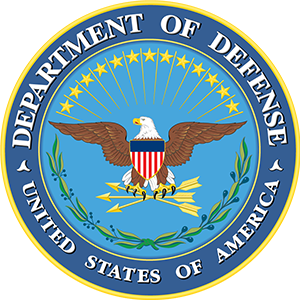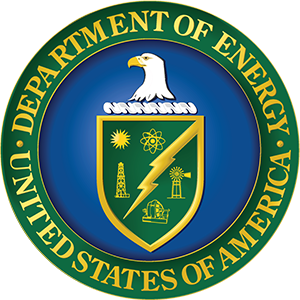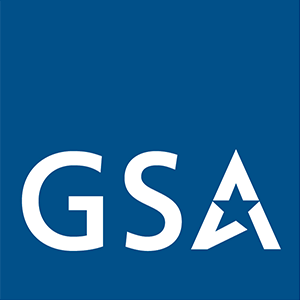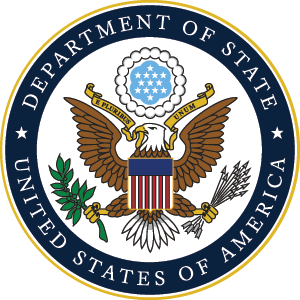This interactive training will educate learners about energy management best practices including the value of setting goals, developing a plan, identifying milestones, and documenting the tasks associated with those goals and milestones. During the training, you will discover why it's important to identify key stakeholders and core team members for each project or task and to get their support and buy-in.
Identifying the drivers that motivate your team members and stakeholders will allow you to make use of their individual strengths. You will learn to tap into as many resources as possible to execute projects both efficiently and effectively. Using data to measure the progress of projects, move them forward, and communicate accomplishments to stakeholders, and collecting and analyzing data at regular intervals will help to identify problems early and correct them, as well as provide information to help justify future projects. During this training, you will also learn to reach out to people that you might not normally work with to be part of your team, and to communicate frequently with team members and stakeholders to help maintain a sense of ownership in projects. You will also learn the value of recognizing and rewarding the accomplishments of others, and that you don't have to go it alone. The key to successfully executing any project depends on delegating tasks and relying on your network of expertise to maximize efforts.
Instructor
Kim Fowler, Defense Sector Manager, Defense Sector Manager, Pacific Northwest National Laboratory Read Bio
Kim Fowler has extensive experience leading diverse teams of scientists, engineers, economists and policy makers to address multi-disciplinary challenges such as climate security, mission assurance, resilience, and sustainable design and development. She developed a nationally recognized building cost and performance metrics and methodology to measure the performance of sustainably designed and operated buildings. The performance measurement of more than 70 federal buildings documented that these buildings cost less to operate and had higher occupant satisfaction. Kim has been a U.S. Green Building Council Leadership in Energy and Environmental Design accredited professional since 2003 and a former elected member of the USGBC Government Committee. She has co-authored four books, four book chapters, and over 100 technical publications.
Kim has a Master of Science degree in Environmental Engineering and a Bachelor of Arts degree in Political Science. In addition to her 30 years at PNNL, she has worked as an adjunct faculty member at Johns Hopkins University and Washington State University – Tri-Cities campus, a computer support analyst for a software company providing services to U.S. Senate and House of Representative Offices and held multiple roles for a U.S. Congressperson.
Learning Objectives
Upon completion of this training, attendees will be able to:
- Recognize stakeholder drivers to gain support for energy projects;
- Identify how to discover and utilize untapped resources;
- Recognize how to expand their network and build a core team for projects;
- Identify how to utilize data in project planning and communicating success; and
- Develop an action plan to improve their energy management efforts through collaboration, planning, and communication.










